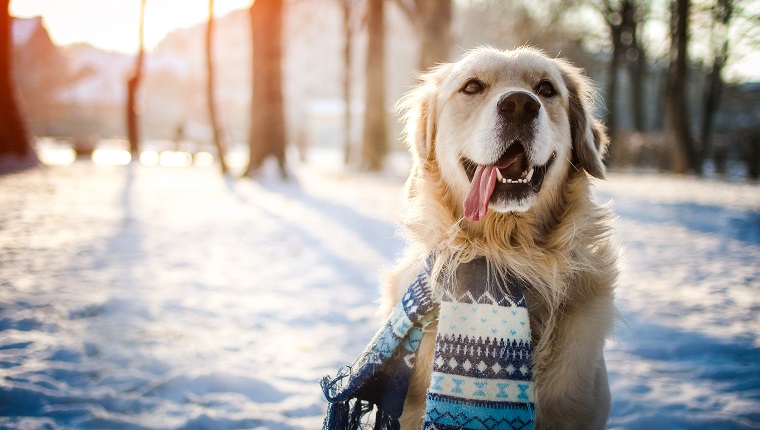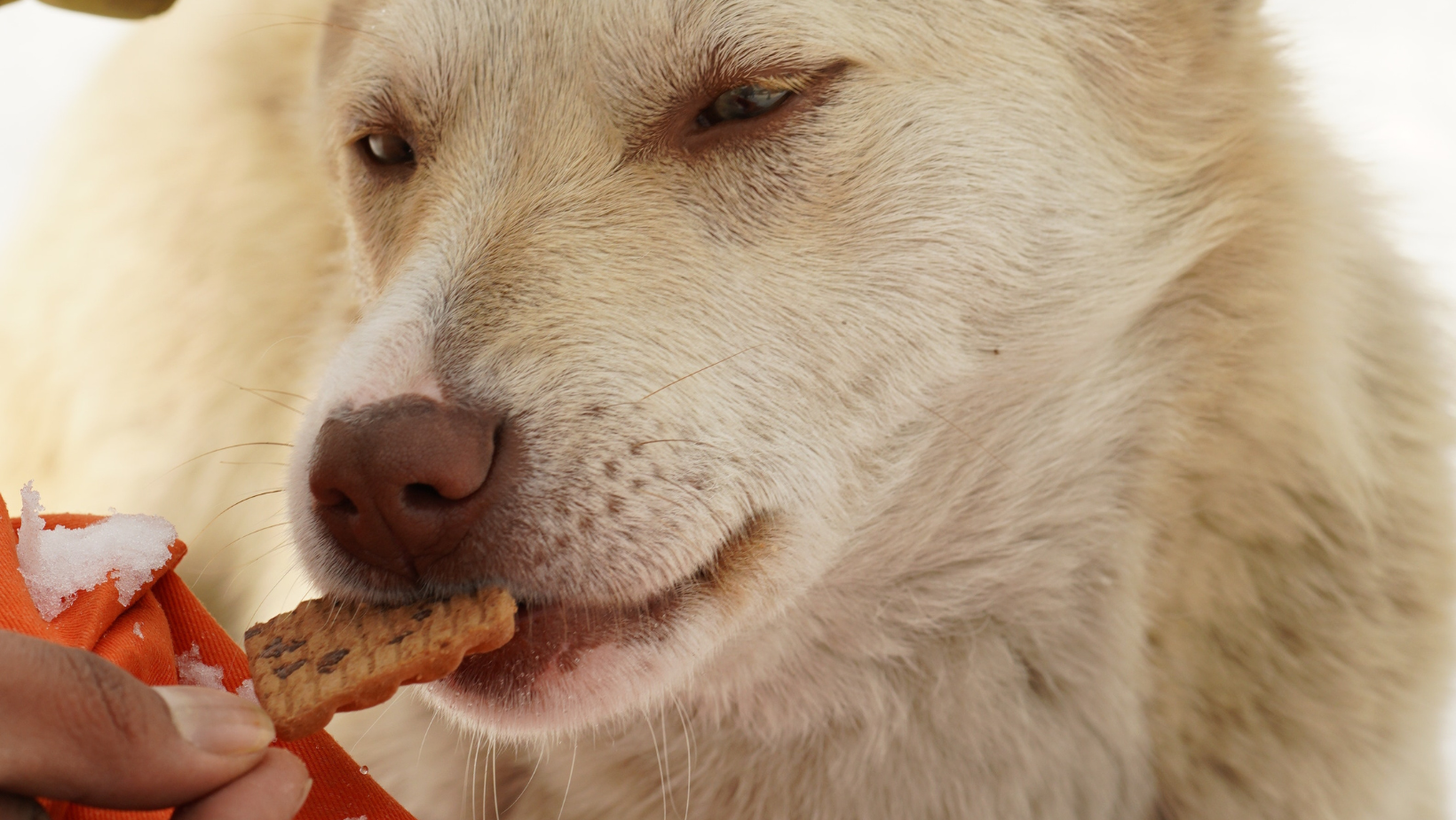Separation Anxiety in Dogs

What is Separation Anxiety?
Separation anxiety causes tension, uncertainty, and tension in dogs.
Dogs can have varied amounts of separation anxiety, ranging from moderate whimpering to severe actions such as damaging their environment. The following are some of the symptoms of separation anxiety:
- Drooling and panting: Dogs with high levels of anxiety may pant and drool excessively.
- Crying, barking, or whining: When dogs are separated from their family, they will weep, bark, or howl incessantly.
- Even when they are housebroken, dogs with separation anxiety will urinate or defecate when left alone.
- Destructive behavior: Dogs with extreme separation anxiety will dig or chew on furniture, as well as escape points like doors, window sills, and other easily accessible things. This behaviour is not only disruptive, but it may also be harmful to your dog and result in injury.
- Escaping: Some dogs will seek to depart their house, yard, or kennel in order to locate their owners.
- Pacing: In dogs with separation anxiety, pacing often at the door where their person used to leave is a common habit.
- Stress colitis can develop in dogs that have been stressed for a long time due to separation anxiety. Colitis is an inflammation of the large intestine that causes diarrhoea.
The Difference Between Dogs and Humans- Separation Anxiety
While it comes to what seems normal when separated, dogs and humans are vastly different. Humans mature to the point when they can leave their parents’ house.
Humans leave to go to the store, out to dinner, work, and even on vacation because it seems normal. Most humans find it unnatural and uncomfortable to stay at home all of the time, as seen by today’s world of social isolation and quarantine.
Dogs, on the other hand, are herd creatures. Hunting, sleeping, feeding, and even nurturing their young are all things that pack animals do together. Though the pack does split off on occasion, they usually do so in groups, seldom leaving someone fully alone.
There is safety in numbers, and pack animals experience a sense of security together. It is also simpler to hunt together. Even if our dogs no longer require the same level of security to survive, it remains a deeply entrenched habit.
Separation Anxiety Dog Training
While someone gets a new dog, they focus on housetraining, recall, sit, and down, but training your dog to be okay when left alone is sometimes forgotten. When feasible, proactive training to prevent separation anxiety is always the best option.
However, each circumstance is unique, and dogs might experience separation anxiety for a variety of reasons. If your dog has been abandoned before, this is one of the most prevalent causes of separation anxiety. In their new home, these dogs are more likely to experience separation anxiety until they gain confidence.
Here are some suggestions for assisting your dog in overcoming separation anxiety.
What is Dog Training for Dogs with Separation Anxiety?
Dog training for separation anxiety is all about modifying a dog’s attitude toward being left alone. When the owners depart, the dogs identify feelings of peace and confidence instead of worry and dread.
When you train your dog, he or she learns that when you leave, you will return. Training also aids in the acclimatisation of dogs to being alone and demonstrates to your dog that being alone is safe.
Separation anxiety training focuses on developing trust between canine and human partners as well as educating a dog how to function in a human environment. Separation anxiety training also aids in increasing the length of time your dog may be left alone.
How to Train a Dog with Separation Anxiety
First and foremost, before you leave the house, your dog has to be properly exercised. Dogs with a lot of energy will not be satisfied if they are left alone for long periods of time. So, before you even leave your house, the first step in training is to drain that energy.
Your energy and conduct are the second most essential factors. Do you regret leaving your dog behind? Are you nervous or worried? Dogs are sensitive to our emotions and energies. Your dog senses our worried or tense energy, but they don’t understand why; instead, they just know something is wrong.
So make sure you’re calm and confident when you leave your dog. Do not become too thrilled or engage in a lengthy goodbye ritual. Take your wallet or purse instead and leave the home. When you go home, don’t come in with a rush of enthusiasm; instead, be calm, just as you were when you left. You want to teach your dog that going out and coming back isn’t such a big deal.
Following that, it’s all about taking small moves. Begin with educating your dog to be content with staying in a room while you leave. You’ll need to locate a focal point for them to wait on to do this. It might be a bed, a mat, or a training table. Take a step back and treat your dog after placing them on their focal point. This is a low-energy workout, so make sure you reward slowly.
Instead of calling your dog off the focus mat, use the release command. Gradually increase the distance and duration of this activity.
It’s important to note that this is not where your dog will stay while you’re gone; instead, you’re educating your dog to be calm and secure when you’re not around. Your dog doesn’t have to sit or lie down; all he needs to do is relax.
Desensitizing a dog’s trigger points is another item to work on while training them. If you put on your jacket, shoes, or touch the doorknob to leave, your dog may begin to show indications of anxiousness. You’ll want to desensitise this behaviour, which means you’ll need to take away whatever value it has for your dog.
Separation Anxiety in Dogs: Key Takeaways
Humans sometimes unwittingly cause separation anxiety in their dogs by failing to educate them to be alone from the start, producing too much anxious energy before leaving, or failing to provide adequate exercise before leaving the house.
The good news is that with proper training, many dogs can overcome separation anxiety.
However, if your dog is suffering from extreme separation anxiety, you should seek expert care from a dog behaviourist or veterinarian.





